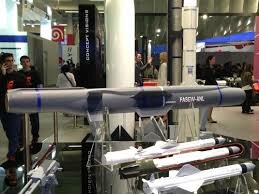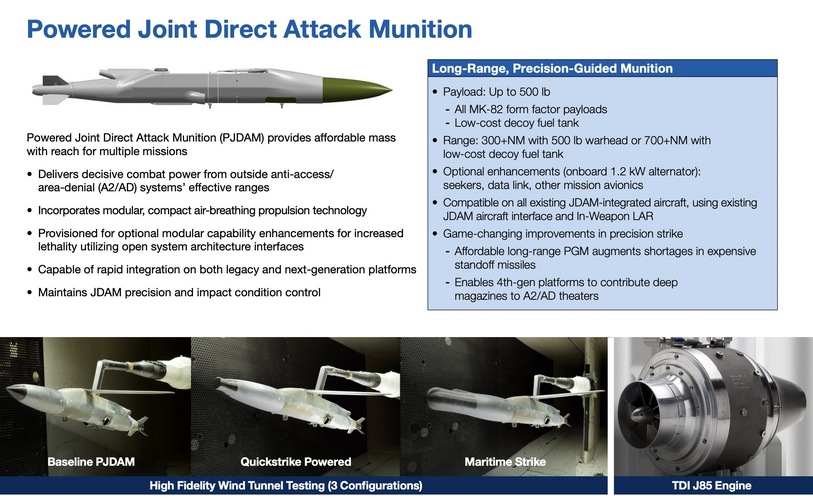Scott Kenny
ACCESS: USAP
- Joined
- 15 May 2023
- Messages
- 11,279
- Reaction score
- 13,720
@NMaude see my reply to jsport below.
What does it take to remove the hinge pin from the wing? As far as I know, the hinge pin cannot be removed without destroying the wing spar. They were assembled via interference fit, the wing was mounted on a giant air hockey table so it could be easily bumped into perfect alignment and then the hinge pin was pulled out of a liquid nitrogen bath and dropped into the hole in the wing pin and wing box. Hinge pin warms up and is several thousandths of an inch bigger in diameter than the hole in the wing spar. Only one chance to drop those in place and they never come out afterwards.
So, in order to replace the wing box and hinge pins, you also have to make new wings. As if making a new wing box wasn't expensive enough...
Tell me, what did it take to make the wing box originally? An electron beam welder that can hold ~50ft long parts in an argon bath. Who owns those today?will repeat the USG owns the IP in the form of an digital twin so the craft can be upgraded modernized and built from scratch...this is getting old. Any LSI could be jobbed.
What does it take to remove the hinge pin from the wing? As far as I know, the hinge pin cannot be removed without destroying the wing spar. They were assembled via interference fit, the wing was mounted on a giant air hockey table so it could be easily bumped into perfect alignment and then the hinge pin was pulled out of a liquid nitrogen bath and dropped into the hole in the wing pin and wing box. Hinge pin warms up and is several thousandths of an inch bigger in diameter than the hole in the wing spar. Only one chance to drop those in place and they never come out afterwards.
So, in order to replace the wing box and hinge pins, you also have to make new wings. As if making a new wing box wasn't expensive enough...


